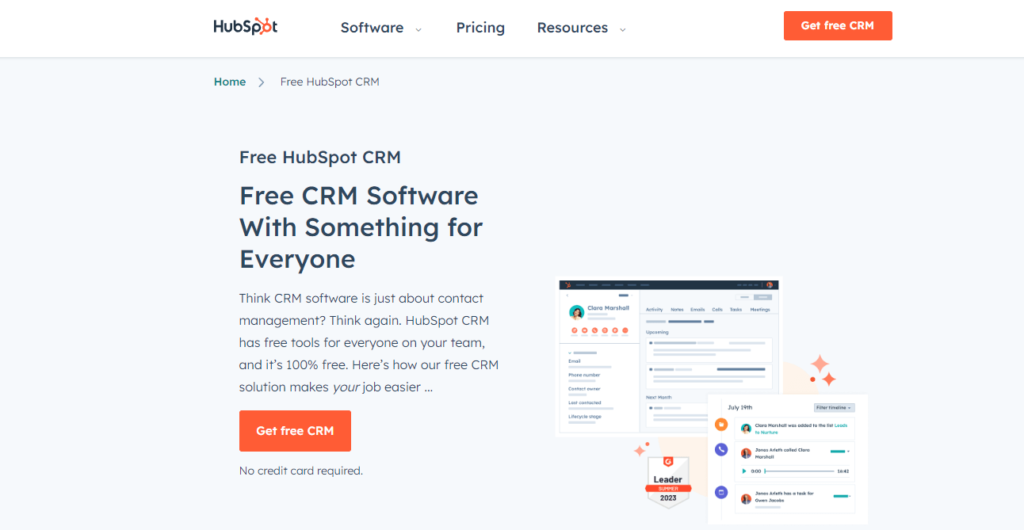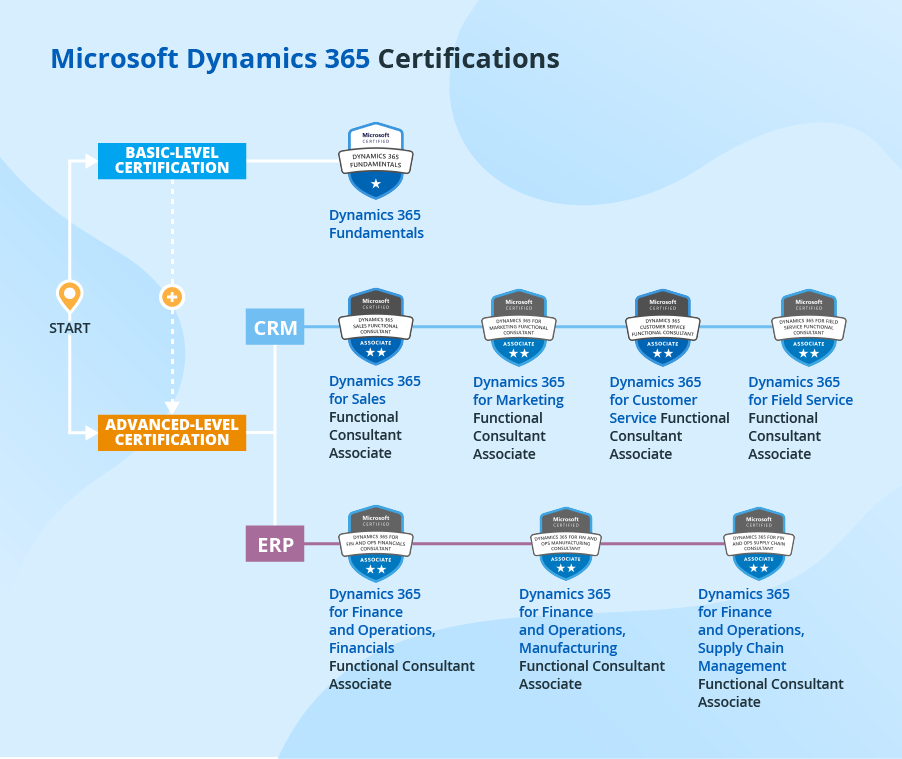Competitiveness in today’s market demands efficient and agile business management. In a globalized and digitalized environment, companies need tools that allow them to optimize their processes, improve decision-making, and strengthen customer relationships. In this context, two business management systems become vitally important: enterprise resource planning (ERP) systems and customer relationship management (CRM) systems. While often perceived as separate entities, the synergy between ERP and CRM is crucial to achieving maximum business performance. This article will delve into the features, functionalities, and integration of both systems, providing a comprehensive overview of their impact on productivity and business growth.
1. Understanding ERP: The Heart of Business Operations
An ERP is an integrated information management system that encompasses all functional areas of a company. From supply chain management and production to finance, human resources, and sales, an ERP unifies all data into a single platform, eliminating information fragmentation and process redundancy. Its main objective is to optimize operational efficiency, automate repetitive tasks, and improve visibility across the entire organization.
Examples of key ERP functionalities include:
* Inventory management:Precise control of stock levels, demand forecasting, and supply chain optimization.
* Production management:Production planning, quality control and performance monitoring.
* Financial management:Accounting, treasury management, financial analysis and reporting.
* Human resources management:Payroll management, time tracking, and talent management.
* Purchasing management:Automation of purchasing processes, supplier management, and cost control.
Implementing an ERP requires careful planning and a significant investment, but the return on investment (ROI) can be considerable, resulting in reduced costs, increased productivity, and improved decision-making. Studies by Gartner, for example, indicate that companies that successfully implement ERP systems experience significant improvements in operational efficiency and customer satisfaction. However, it is essential to choose a system that fits the company’s specific needs and to have the support of specialized consultants throughout the implementation process.
2. CRM: Cultivating Customer Relationships for Success
A CRM, on the other hand, focuses on managing customer interactions. Its main objective is to improve customer satisfaction, build loyalty, and increase sales. Unlike an ERP, which focuses on a company’s internal processes, a CRM focuses on external relationships, collecting and analyzing customer information to personalize the experience and optimize marketing and sales strategies.
Key features of a CRM include:
* Contact management:Storing and organizing customer information, including contact information, purchase history, and interactions.
* Sales Opportunity Management:Tracking the sales process, from prospecting to closing the deal.
* Marketing Automation:Sending email marketing campaigns, managing social media, and automating repetitive tasks.
* Customer service:Incident management, customer service through various channels, and satisfaction monitoring.
* Data analysis:Reporting and data analysis to understand customer behavior and optimize strategies.
Implementing a CRM allows companies to better understand their customers, anticipate their needs, and offer them a personalized experience. This translates into greater loyalty, increased sales, and improved brand reputation. Companies such as Salesforce, HubSpot, and Zoho are examples of leading providers in the CRM solutions market.
3. ERP and CRM Integration: The Key to Growth
While ERP and CRM are distinct systems, their integration is critical to achieving their full potential. Effective integration allows for a two-way flow of information between the two systems, creating a holistic view of the company and its customers. For example, sales information from the CRM can feed into the ERP’s production forecasts, optimizing inventory management and avoiding overproduction or shortages. Similarly, inventory information from the ERP can be used by the CRM to provide customers with accurate information on product availability.
Integration can be achieved through various methods, including direct integration between systems, the use of integration platforms, or the implementation of cloud solutions that natively integrate both systems. The choice of method will depend on the company’s specific needs and existing technological infrastructure.
ERP and CRM integration offers numerous benefits, including:
* Improving decision-making:Access to complete and up-to-date information about the company and its customers.
* Supply chain optimization:Better production planning and inventory management.
* Increased customer satisfaction:Personalized experience and efficient customer service.
* Greater operational efficiency:Process automation and reduction of task redundancy.
* Increased sales:Better understanding of customer behavior and optimization of marketing and sales strategies.
4. Key Considerations for Successful Implementation
Successful implementation of an ERP and CRM, both separately and integrated, requires careful planning and meticulous execution. Some crucial aspects to consider include:
* Definition of clear objectives:Establish measurable and achievable objectives for the implementation of the systems.
* Selecting the right system:Choose a system that fits the specific needs of the company.
* Staff training:Train employees in the use of the new systems.
* Change management:Effectively communicate changes to employees and manage resistance to change.
* Maintenance and support:Have a maintenance and support plan to ensure optimal system performance.
5. Conclusion: Towards Intelligent Business Management
In an increasingly competitive business world, the integration of ERP and CRM is a must for growth and sustainability. These systems, working in synergy, provide a comprehensive view of the company, optimizing internal processes, improving customer relationships, and enhancing decision-making. However, it’s crucial to remember that successful implementation requires careful planning, strategic investment, and a firm commitment from the entire organization. The key to success lies in the correct selection of the system, adequate staff training, and effective change management. By strategically integrating ERP and CRM, companies can build a solid foundation for sustainable growth and long-term success, achieving truly intelligent business management. Investing in these technologies is not an expense, but an investment in the company’s future.

